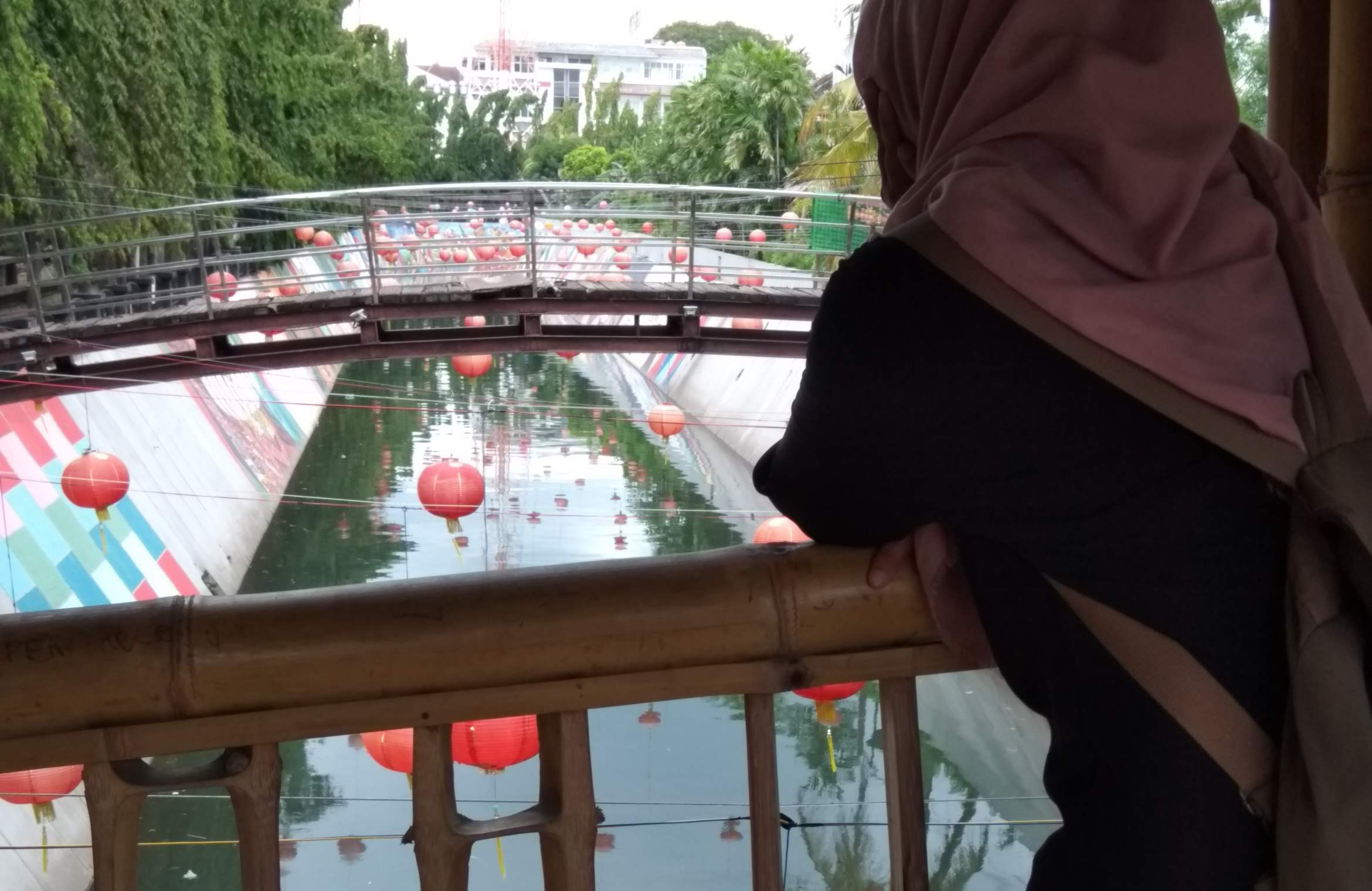Colorful Sudiroprajan Chinatown Surakarta
The interaction between people of different ethnic and cultural communities in the archipelago has been going on for hundreds of years, even before Indonesia's independence. It is undeniable that Chinese culture is deeply pervasive in the lives of Indonesian people. Madurese clothes, Gambang Kronong music, Sundanese Sisingaan, Pis Bolong in Hindu rituals in Bali, Plowing the fields using cows, firecrackers, Bedug, North Javanese Batik, and food-making technology that has become culinary of the archipelago such as noodles, bakwan (vegetable fritter), meatballs, onde-onde, bak pia, bakcang, Soto, lumpia (spring roll), ronde, fried rice, tofu, batagor (fried meatball and tofu), cakwe, dumpling, layer cake, pillow cake, and so on. They are a form of the Chinese contribution to the local culture of the archipelago. Traditions and culture in people's lives have been acculturated from one culture to another. If Rembang has Lasem, then Surakarta has Sudiroprajan to the Pasar Gede area.
Sudiroprajan, Jebres, Surakarta, Jawa Tengah
The village where Pasar Gede Hardjonagoro is located is the largest traditional market in Surakarta. It consists of four villages such as Balong, Pasar Gede, Samaan, and Sudiroprajan. This is the place where Grebeg Sudiro was born, which is a fusion festival of the Chinese-Javanese people. We can see the ethnic Chinese and Javanese living side by side, merging until a mixed marriage occurs between the two cultures and gives birth to generations of acculturation of different customs and habits.
When the Chinese New Year celebration arrives, the procession carrying gunungan around the Sudiroprajan area followed by a parade from Chinese and Javanese culture (Barongsai, reog, to traditional clothes) will stop in front of the Pasar Gede Tien Kok Sie Temple, where all these celebrations end by turning on the lantern. In the end, this tradition does not only belong to Solo City but also extends to the harmonious cultural harmony of the archipelago.
Pepe River also does not escape the sight of the Solo City Tourism Awareness Group. Every Chinese New Year, this area turns into a riverside tourist area by boat which only costs 10,000 IDR. Now, the sweetness of Chinese New Year celebrations do not only belong to the Chinese community but also the entire community.
Come to Sudiroprajan's Chinatown in Kota Berseri (City of Beam). In addition to cultural tourism, you can enjoy the culinary specialties of Solo City. Feel the savory soup at Timlo Sastro at Pasar Gede Timur No. 1 or feel the freshness of Bu Dermi's dawet telasih (basil dawet) ice inside Pasar Gede. The other special Solo dishes and snacks, such as nasi liwet (Indonesian spiced rice) and tengkleng (goat meat bone soup) can also be found around Pasar Gede.
This is the time for you to take a cultural tour as well as a culinary tour in Sudiroprajan Chinatown, Surakarta. (Wiwin)

